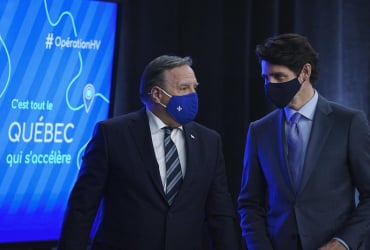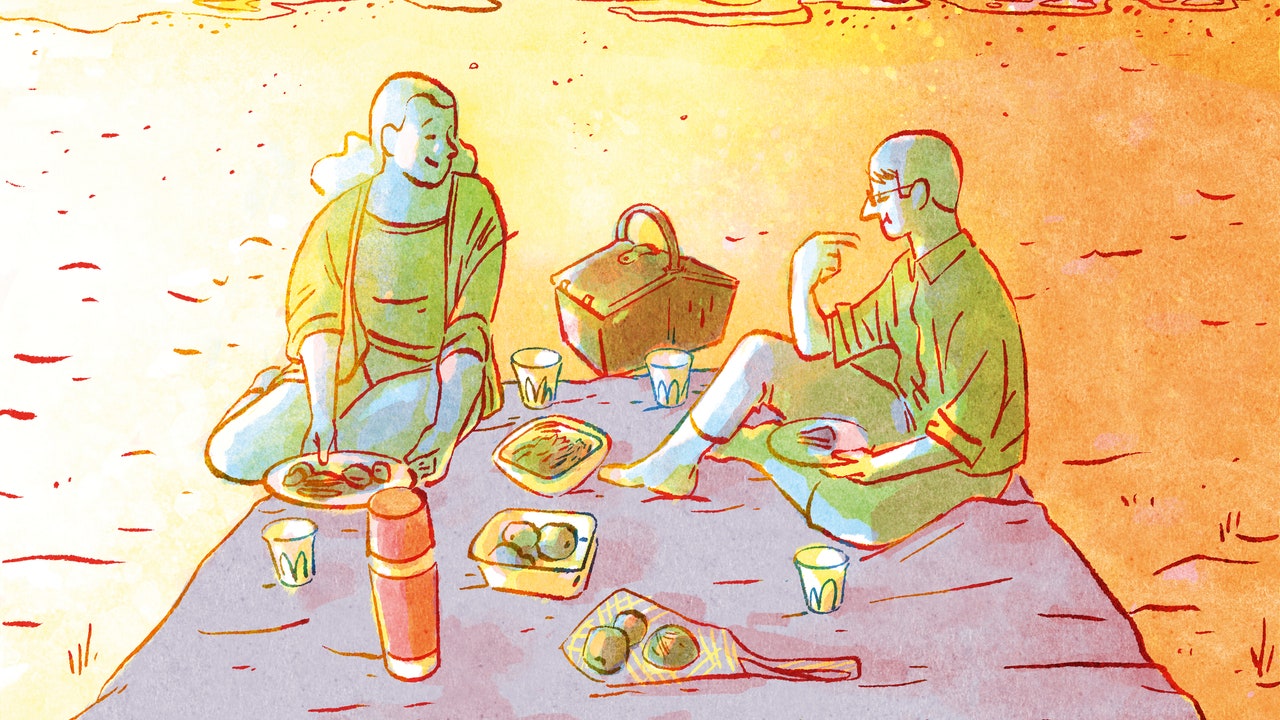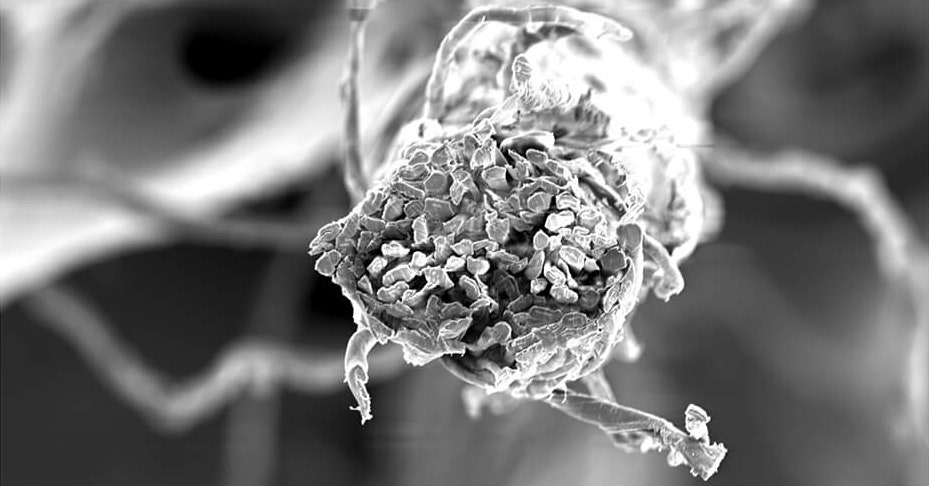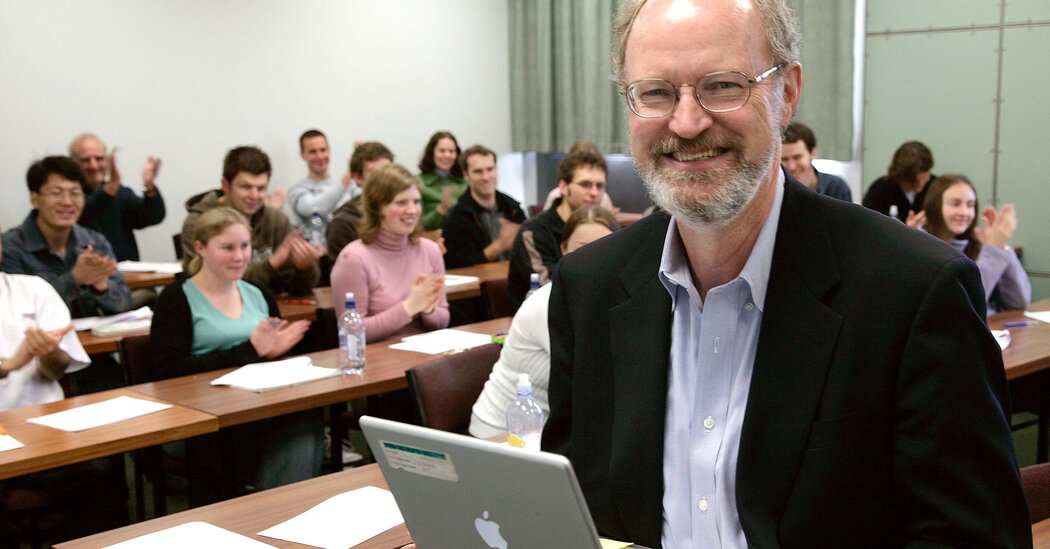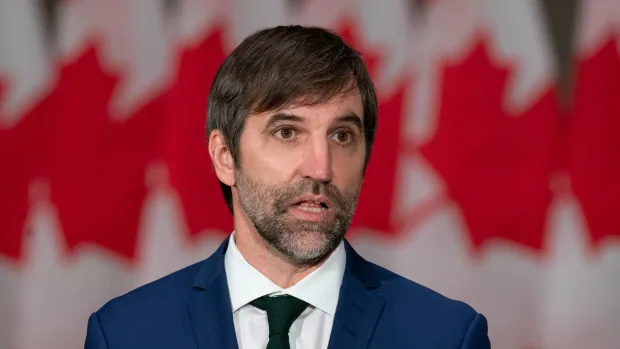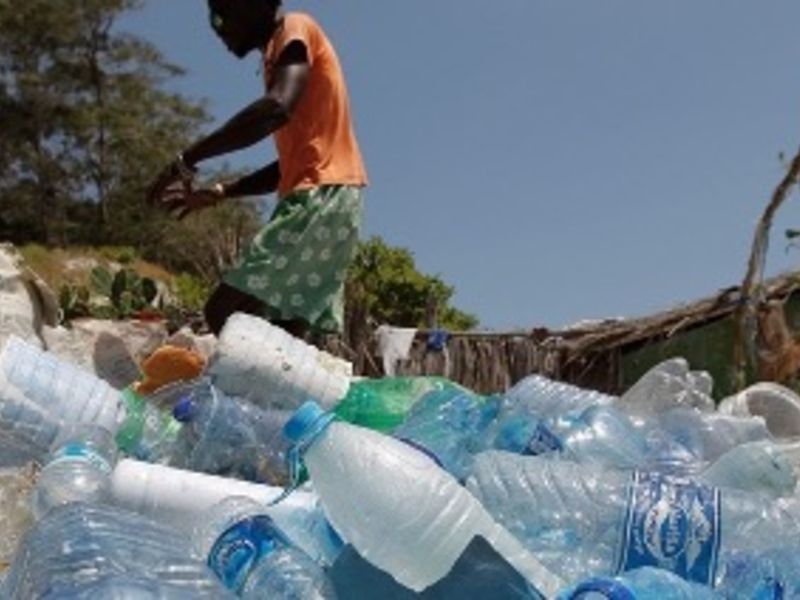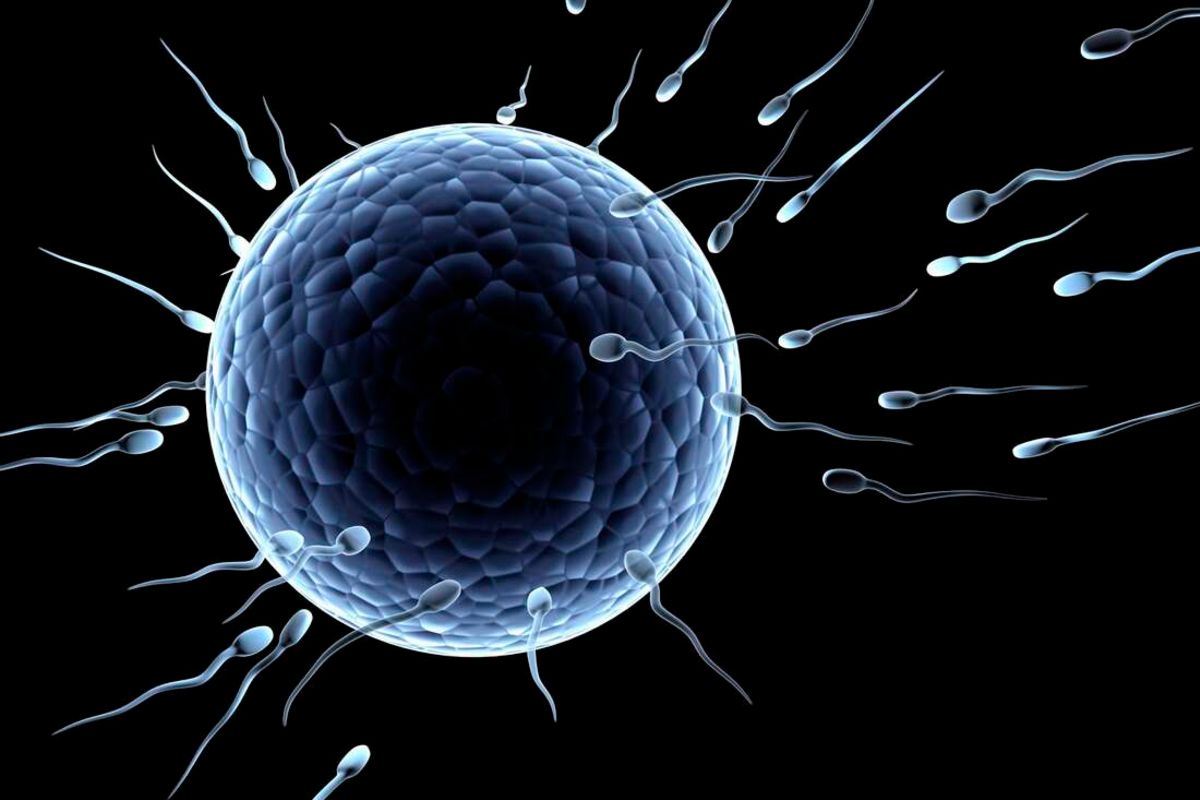What comes around goes around: Your discarded plastic water bottle may soon become part of your next car.Automakers are racing to make their vehicles more sustainable — the industry’s favorite buzzword — by turning environmentally unfriendly materials into seat cushions, floors, door panels and dashboard trims. First it was reclaimed wood. Then “vegan” leather. Now, plastic waste from the ocean, rice hulls, flaxseeds and agave are transforming the manufacturing process.”Everyone is awakening to the problems of plastic and waste,” Deborah Mielewski, a technical fellow of sustainability at Ford, told ABC News.Ford in particular has been championing the use of renewable materials in its vehicles. In 2008 it replaced the petroleum-based polyol foam in its Mustang sports car with seat cushions made from soy, an industry first. More recently Mielewski and her team started examining how to transform some of the 13 million metric tons of ocean plastic, which threaten marine life and pollute shorelines, into parts for future Ford vehicles. The result? Wiring harness clips in the new Ford Bronco Sport that were once nylon fishing nets.”Two years ago there was a lot of publicity around ocean pollution and we felt an obligation to do something,” Mielewski said.The wiring harness clip in the Ford Bronco Sport, made from recycled ocean plastic, is as durable as petroleum-based clips, Ford says.Ford acquires the recycled plastic from its supplier DSM, which collects the nets from fishermen who are paid to return them. The nets are harvested, sorted, washed and dried before they’re cut into small pellets and injection-molded into harness clips, which weigh about 5 grams and guide wires that power side-curtain airbags in the Bronco Sport.Mielewski said Ford is currently testing the recycled plastic’s durability for the Bronco Sport’s wire shields, floor side rails and transmission brackets.”My hope is we can replace many parts with this material,” she said, adding that more than half of Ford customers “care deeply about the environment and want to understand what companies are trying to minimize their footprint.”Brian Moody, executive editor of Autotrader, said automakers like Ford have been attempting to produce environmentally responsible vehicles for years. He recalled Ford’s Model U concept which premiered on Jan. 5, 2003, at Detroit’s North American International Auto Show. It had a hybrid engine and its door panels were built with a natural fiber-filled composite material.Ford Motor Company shows off the Model U concept car during a press conference at the North America International Auto Show, in Detroit, Jan. 5, 2003.”This is not just a passing trend. Sustainability is here to stay,” Moody told ABC News. “Environmental regulations are likely to become more strict in the years to come [and it’s] another incentive for automakers to start looking for a solution right now.”Automakers deliberately added plastics to reduce the weight and cost of vehicles and increase performance and fuel economy, according to Gregory Keoleian, director of the Center for Sustainable Systems at the University of Michigan.”About 40 different types of basic plastics and polymers are commonly used to make cars today and state-of-the-art separation technologies are very capital intensive,” he told ABC News. “The majority of plastics are derived from petroleum and natural gas feedstocks and when vehicles are retired these materials are generally disposed of in landfills.”For German automaker Audi, sustainable materials are a launching point to becoming net CO2 neutral by 2050. Recycled PET bottles are ground up and transformed into a polyester yarn, accounting for 89% of the seat material in Audi’s fourth-generation A3 car. An additional 62 PET bottles were recycled for the carpet in the A3. The carpet and floor mats in the all-electric e-tron GT are made from Econyl, a recycled nylon fiber constructed from fishing nets. The e-tron GT’s 20-inch wheels are also assembled from low-CO2 emission aluminum.In August, the company showed off its skysphere electric roadster concept, which featured sustainably produced microfiber seat fabric, environmentally certified eucalyptus wood and synthetically produced imitation leather.The Audi skysphere concept features sustainably produced microfiber fabric in the seats, environmentally certified eucalyptus wood and synthetically produced imitation leather.”Audi is committed to sustainable materials and we’re implementing these changes in new vehicles,” Spencer Reeder, director of government affairs at Audi, told ABC News. “We have very high standards and fully vet these products.”Reeder, however, said Audi’s top priority is expanding its lineup of electrified vehicles. By 2025, 30% of Audi vehicles in the U.S. will be full battery electric or plug-in hybrid.”We’re delivering on things that really truly matter to the environment,” he said. “The focus right now in the industry is on battery materials — nickel, lithium, magnesium — and sustainably sourcing those materials.”Keoleian pointed out that 17% of U.S. greenhouse gas emissions are from automobiles.”Automakers leading in sustainability are companies accelerating their launch of EV models,” he said.Stephanie Brinley, an analyst at IHS Markit, said automakers are promoting these green efforts aggressively because consumers are more curious and aware of the manufacturing process. These eco-friendly materials “have to look good and be durable and work” to win over consumers, she told ABC News.”If the material performs just as well, consumers will be happy,” she noted, adding, “You’d be hard-pressed to find a consumer who is against sustainable materials.”Volvo, the Swedish automaker, said it’s addressing all areas of sustainability — not just carbon emissions — in its vehicles. The company said it will go leather-free by 2030 and use a material it developed called Nordico that consists of textiles made from recycled material such as PET bottles, bio-attributed material from sustainable forests in Sweden and Finland and corks recycled from the wine industry.The carpet in the Volvo C40 Recharge EV is made of 100% recycled PET plastic bottles.The automaker has even been “looking to reduce the use of residual products from livestock production which are commonly used within or in the production of plastics, rubber, lubricants and adhesives, either as part of the material or as a process chemical in the material’s production or treatment,” according to Rekha Meena, Volvo’s senior design manager for color and material.”We see a growing trend in consumer demands for more sustainable materials, particularly alternatives to leather, in most of our key markets due to concern over animal welfare and the negative environmental impacts of cattle farming, including deforestation,” she told ABC News. “We share these concerns and are choosing to transition away from leather and focus on high-quality sustainable alternatives, like Nordico, to meet this customer need.”Polestar, Volvo’s electric performance brand, cut plastic from its car interiors by choosing a composite made from flax.The Polestar 2 EV. features seats made from recycled plastic and the plastic panels inside the cabin have been replaced with natural materials.The instrument panel in BMW’s all-electric iX SUV is treated with a natural olive leaf extract to avoid any production residue that is harmful to the environment, according to the company. BMW also chose FSC-certified wood and a large chunk of the iX’s door panels, seats, center console and floor are manufactured from recycled plastics.Each BMW iX contains some 132 pounds of recycled plastic in total.For its all-new MX-30 EV, Mazda wanted to use materials that “show an even greater respect for environmental conservation,” a spokesperson told ABC News. The center console and door grips in the MX-30 EV are made of cork and the seats feature leatherette and a fabric that uses 20% recycled threads. The door trims also use recycled PET bottles.The center console and door grips in the all-electric Mazda MX-30 are made of cork, and the seats feature leatherette and recycled threads.Environmental aesthetics will certainly attract a discerning segment of drivers, according to Brinley.”Some consumers will feel much better about their vehicles,” she said. “But we’re still pretty far away from having a car made entirely from renewable materials.”Geoffrey Heal, a Columbia Business School professor, said automakers could make an even greater impact by powering their factories with renewable electricity and building cars that are easily recyclable at the end of their life cycle. Reusing plastic and biodegradable materials is laudable but would have to be done at a significant scale to truly be effective, he argued.”Automakers are doing this because they feel pressure both by consumers and the government. But there is genuinely some concern [by automakers] to make the world a better place,” Heal told ABC News. “These are small steps but every little step helps.”Ford’s Mielewski said the company will continue experimenting with innovative and earth-friendly materials — agave, potato peels, coffee chaff — to try to reduce Ford’s impact on the planet.”We’ve been doing this for quite a long time. I hope everyone will join us,” she said.


